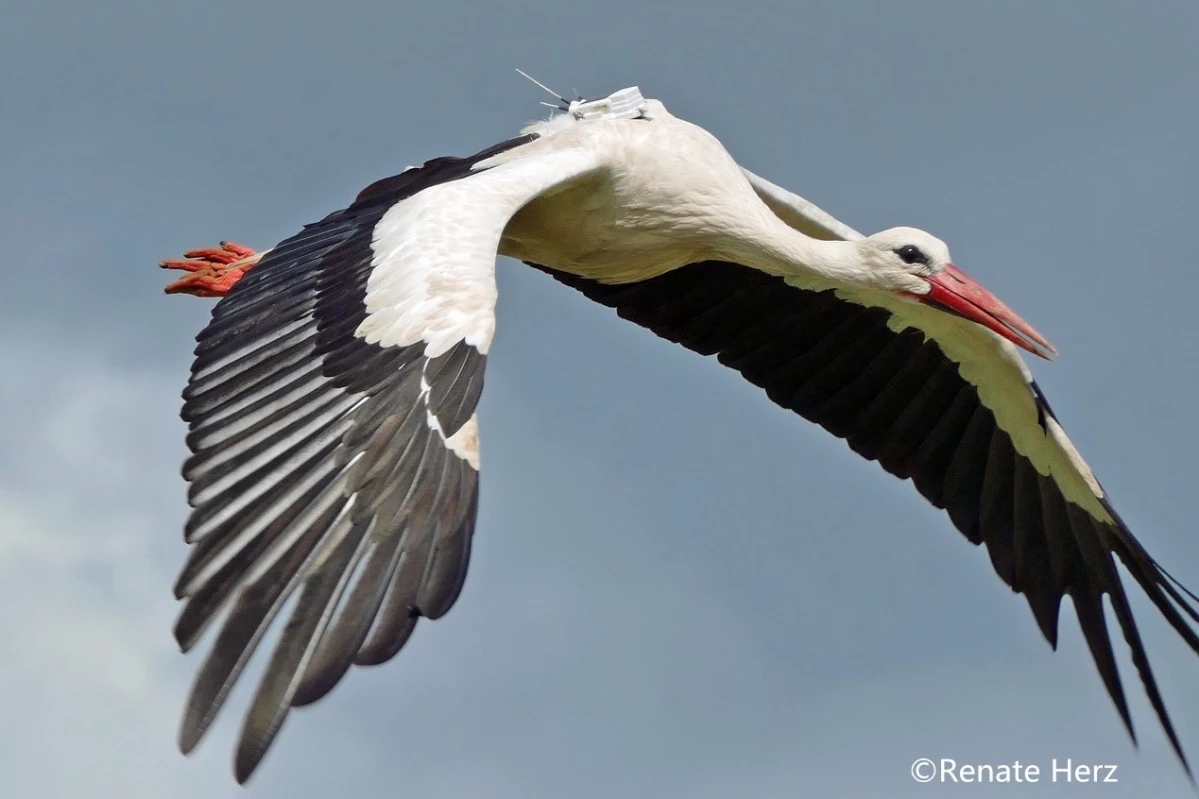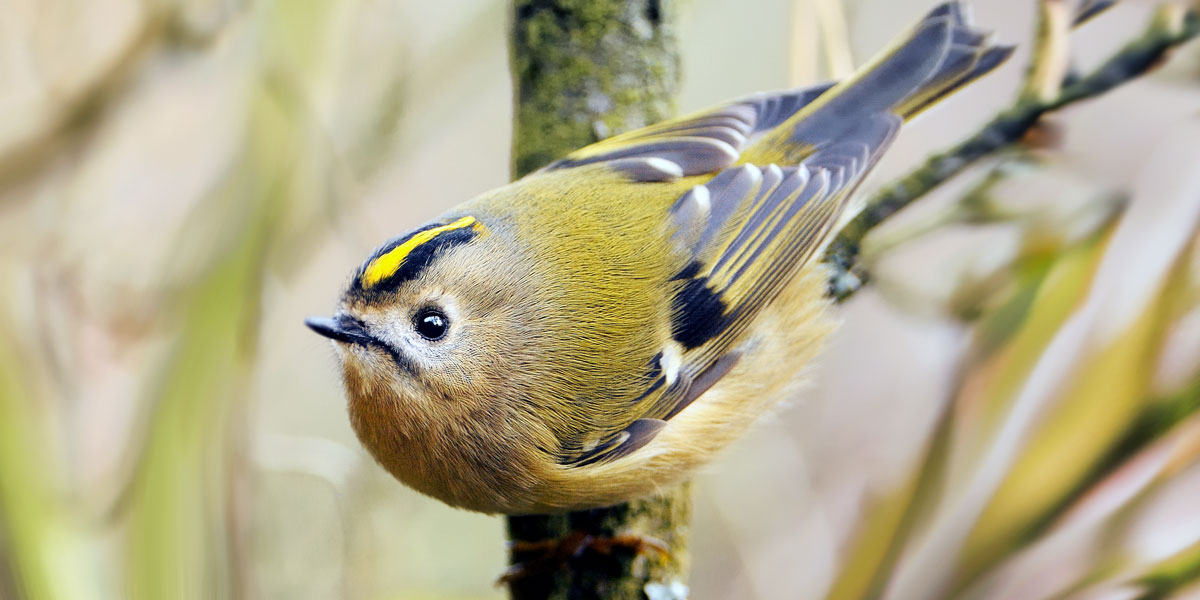These aerial insectivores perform acrobatic stunts over lakes and streams high in the sky in search of flying insects. Violet-green Swallows can look dark at first, but their true colors come to life when sunlight illuminates their metallic green backs and iridescent purple rumps. They are a common sight in the West in spring and summer, but they vanish to Mexico and Central America for the winter. They can be distinguished from other swallows by the white patches on the sides of their rump and their white cheeks.

Find This Bird
One of the best places to look for Violet-green Swallows is to head out to a river, pond, or lake early in the morning and keep your eyes to the sky. Watch for birds swooping and twittering over the water snatching up insects. They tend to be in groups from 10 to over 100 and they often hang out with other swifts and swallows. To pick one out of the crowd look for the white saddlebags on the sides of the rump and a clean white belly. It can be difficult to get a good look at flying Violet-green Swallows, but you might have an easier time following one with your binoculars if you spot one a little bit further away. That way the swallow won’t zip out of your field of view as soon as it enters. They often perch on power lines and dead trees, so you’ll be able to get a better look at perched birds in those spots.

Cool Facts
- Violet-green Swallows have been recorded flying at 28 miles per hour—a pretty respectable speed considering that the Peregrine Falcon, the fastest bird of prey, averages about 25–35 miles per hour in traveling flight.
- Sometimes late hatching young are at a disadvantage, but female Violet-green Swallows invest more antimicrobial proteins in the eggs laid later within a clutch possibly reducing infection for late hatching young and giving them a leg up.
- The Violet-green Swallow is very similar to the Tree Swallow, both in appearance and habits, but it is more closely related to two other swallows found in the Caribbean: the Golden Swallow and Bahama Swallow.
- A pair of Violet-green Swallows was observed assisting a pair of Western Bluebirds in raising young. The swallows guarded the nest and tended the bluebird nestlings, and after the bluebirds fledged, the swallows used the nest site for their own young.
- The oldest recorded Violet-green Swallow was a male, and at least 9 years, 1 month old, when he was recaptured and rereleased during banding operations in California in 1993. He had been banded in the same state in 1985.
- The scientific name for Violet-green Swallow is Tachycineta thalassina. Tachycineta means fast moving and thalassina means of the sea referring to the sea-green color of their backs.

.jpg)




.jpg)
.jpg)
.jpg)







.jpg)

